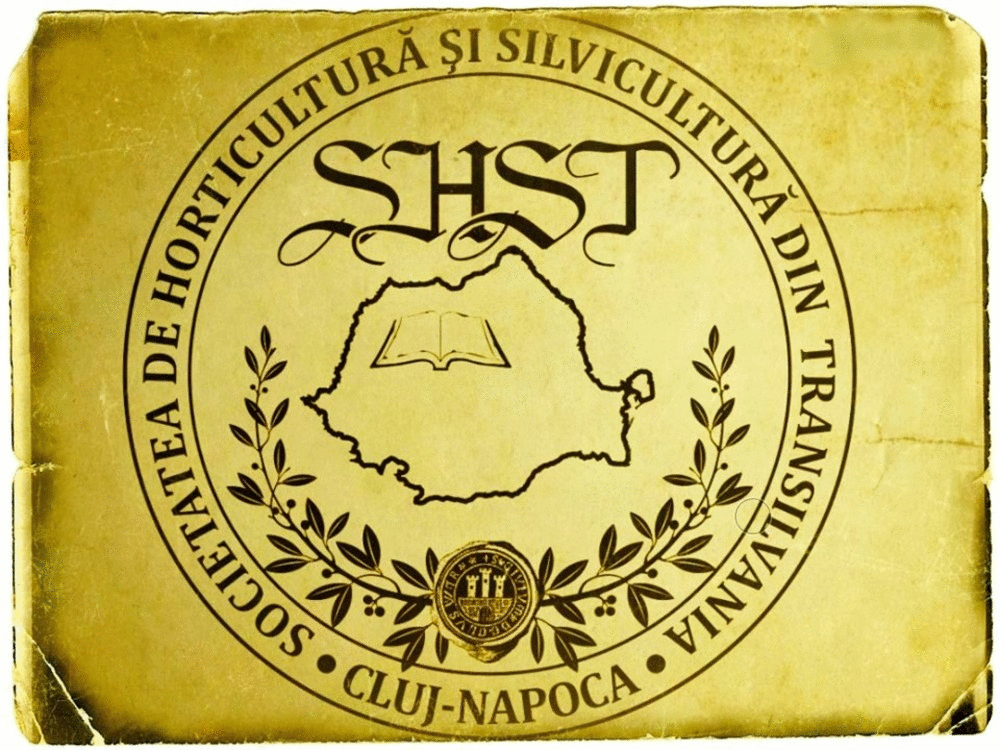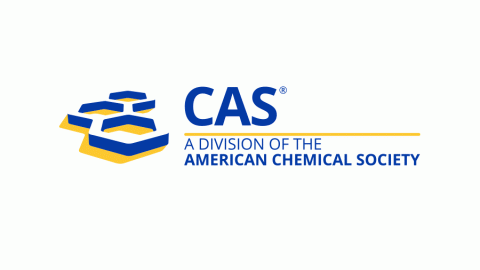Pollen Grain and Hybridization Studies in the Genus Capsicum
DOI:
https://doi.org/10.15835/nsb819767Keywords:
emasculation; gene exchange; interspecific crosses; intraspecific crosses; pollen viabilityAbstract
The current study aimed to evaluate the pollen viability of the commonly cultivated varieties of Capsicum species and assessed the potentials for gene exchange among the genotypes through hybridization studies. Capsicum annuum var. abbreviatum, C. annuum var. acuminatum, C. annuum var. grossum and C. frutescens var. baccatum were the species and varieties used in this study. The present findings indicated that the percentage of pollen viability varied in the studied Capsicum genotypes. The highest pollen viability was obtained in C. annuum var. abbreviatum (96.3%), followed by C. annuum var. grossum (95%), and C. annuum var. acuminatum (91.1%). The lowest pollen viability was recorded in C. frutescens var. baccatum (86.2%). The pollen viability was high in most varieties indicating that meiosis is normal, resulting in viable pollen grains. Several intraspecific and interspecific crosses were performed among the Capsicum genotypes and three putative hybrid fruits were produced. Percentage successes obtained in the crosses were low and comparable in both intra and inter-specific crosses. In the entire crosses pattern, pollination success of 10% was recorded for C. frutescens var. baccatum and C. annuum var. acuminatum. Knowing the nature and viability of pollen grains may help in predicting the success rate of hybridization and the successful crosses between C. frutescens var. baccatum and C. annuum var. acuminatum suggest that these two varieties are the closest genetically.
Metrics
Downloads
Published
How to Cite
Issue
Section
License
Papers published in Notulae Scientia Biologicae are Open-Access, distributed under the terms and conditions of the Creative Commons Attribution License.
© Articles by the authors; licensee SMTCT, Cluj-Napoca, Romania. The journal allows the author(s) to hold the copyright/to retain publishing rights without restriction.
License:
Open Access Journal - the journal offers free, immediate, and unrestricted access to peer-reviewed research and scholarly work, due SMTCT supports to increase the visibility, accessibility and reputation of the researchers, regardless of geography and their budgets. Users are allowed to read, download, copy, distribute, print, search, or link to the full texts of the articles, or use them for any other lawful purpose, without asking prior permission from the publisher or the author.













.png)















